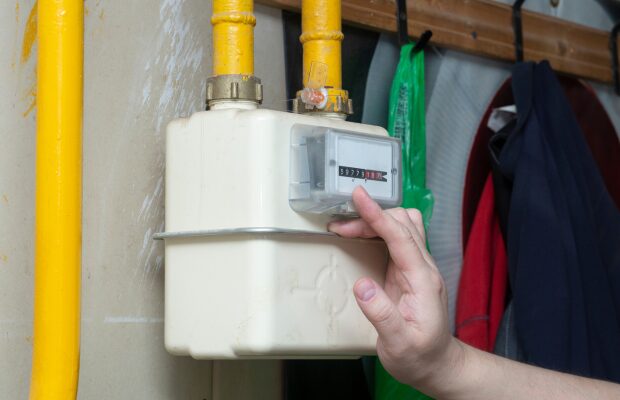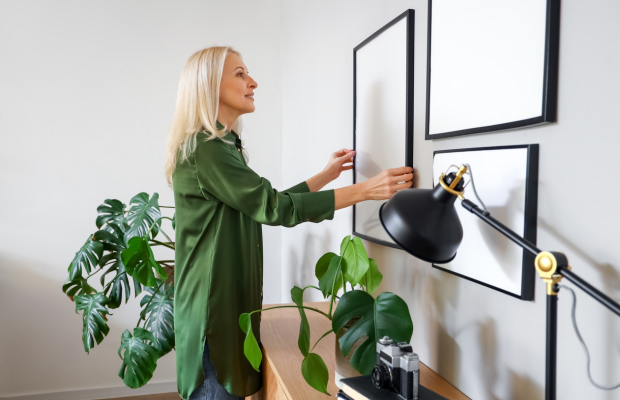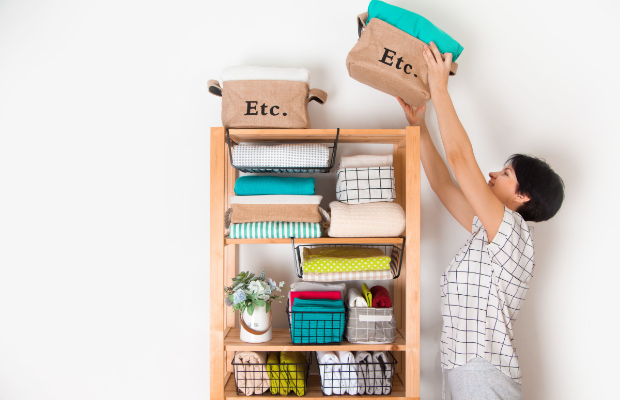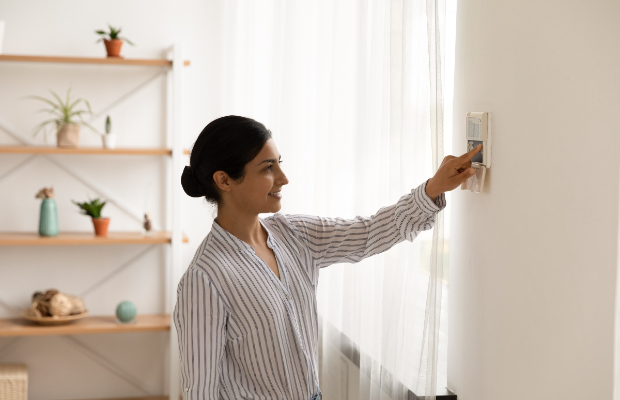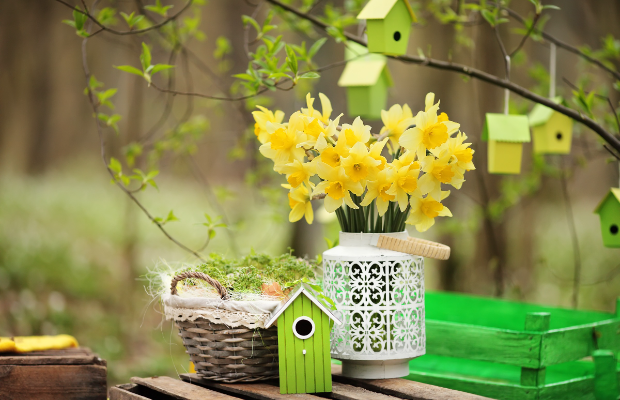With the UK in another coronavirus lockdown, many, many people across London will be back working from home for at least a month.
It’s estimated that around 50% of UK employees worked remotely during the first lockdown in spring 2020.
So, if you’re yet to create a great office space to work from, now could be a great time to do so.
Having a well-designed home office can not only help you while you’re working from home, it could also add value to your property if you sell in the future – as much as 10% according to some reports.
And if you’re a landlord, creating a great office space for your tenants could help your property stand out from the crowd, with more and more renters demanding an office when searching for a new home.
But where do you start? These tips for building your own home office can help…
1 Create a space that’s only used for work
Wherever your home office is, it’s important to ensure it’s a space that’s only used for work.
Working from home can be full of distractions and procrastination can be an issue.
So, making your ‘work from home’ day as close to working from the office as possible can help you stay focused and in a ‘work’ mindset.
Part of that mindset is having a set space for work, away from the rest of your home and the potential distractions therein.
Q: What should every home office have?
In order to make your home office space feel more ‘work’ and less ‘home’, boosting your productivity and lowering your urge to procrastinate, you should have:
- A clear space with no clutter – clutter can distract the mind and cause stress
- A good desk position – try to place your desk either facing a door or perpendicular to a window. Having your back to a door can cause your subconscious to over-stimulate
- Good colours on your walls – according to studies, blue is the best colour for a productive and creative office space at home
2 Build a garden home office
If you really want to create a completely separate office space at home, your garden could be the answer.
Not only does a garden office mean you’re not taking up a room in your home as an office, it can be a great way to get into that ‘work’ mindset – as you actually have to leave your home to go to the office!
Of course, building a garden office will almost certainly be more expensive than simply renovating a room in your home.
So, if you’re thinking of doing this, there’s lots to consider, including:
- Will you build, or use a garden office company to install your new office?
- How much do you want to spend? Garden offices can cost anywhere between £5,000 and £20,000
- How will your garden office be insulated and how will electrics, broadband and lighting be installed?
Q: Do you need planning permission for a home office?
Most garden offices, particularly those bought from specialist companies, won’t require planning permission and can be constructed under Permitted Development Rights.
However, there will always be exceptions, so before you embark on building a garden office, check you don’t need planning permission by speaking to your local planning department.
3 Select the best home office chair
When it comes to picking an office chair, comfort should always come before style.
After all, you’ll be sitting in your office for several hours each day, so being comfortable is key.
If you’re going to spend some money, spending it on a good office chair is always a good idea.
You should be looking for:
- A chair that’s fully height adjustable, so you can sit with your feet flat to the floor
- Adjustable arms and lumbar support so you can avoid back pain
- An ergonomic chair that supports your back and hips and encourages good posture
Q: What size should a home office be?
As well as a good quality chair and a good-sized desk, having plenty of space in your office can also help you feel comfortable.
Of course, small home offices can work, too, but you’ll need to make sure you use your space well and avoid clutter so you don’t feel cramped.
4 Don’t forget storage
Effective storage is key for any home office.
You never fully realise how many things you need to store in your home office until you start working from one.
You’ll almost certainly need space for:
- A printer and other peripherals
- Drawers to store stationery
- Shelves for box files and books
- A filing cabinet
Q: How do I build a cheap home office?
If you need to create a home office space but are worried about spending too much, don’t worry.
It’s possible to create a great space to work from without breaking the bank:
- Build a home-made desk and storage
- Decorate your office yourself
- Shop around for bargains online, on Facebook Marketplace, or eBay
- Find unwanted furniture from offices or hotels
5 Install suitable lighting
Lighting can affect your mood as much as it can affect your productivity.
So, ensuring you have good quality light coming into your home office is vital to a good day’s work.
Natural light is always best, so try to place your desk near to a window.
And when it comes to electric lighting for your home office, you’ll need to be mindful of:
- Eye strain
- Staying alert
- Productivity
Make sure the ambient lighting in your home office provides an even level of illumination – this way, you can introduce other light sources without creating darker spots.
And if you can use a dimmer switch for your office lighting, this can help reduce eye strain and fatigue.
Q: How do I set up a home office without an extra room?
If you’re lacking an additional room to use as a home office, fear not.
Even the smallest of nooks and crannies can be turned into a great home office space as long as you’re creative with what you have.
While having an office space with a level of separation from the rest of your home is ideal, if you’re lacking space why not try creating a workspace:
- On your stairs landing
- In a space under your stairs
- In your bedroom or living room
- In an attic or basement
Further reading…
If you’re looking to rent a new home and you’re after one with a dedicated office space, it might be furnished or unfurnished.
Our guide explains the difference between furnished and unfurnished rental properties and the pros and cons of each.

